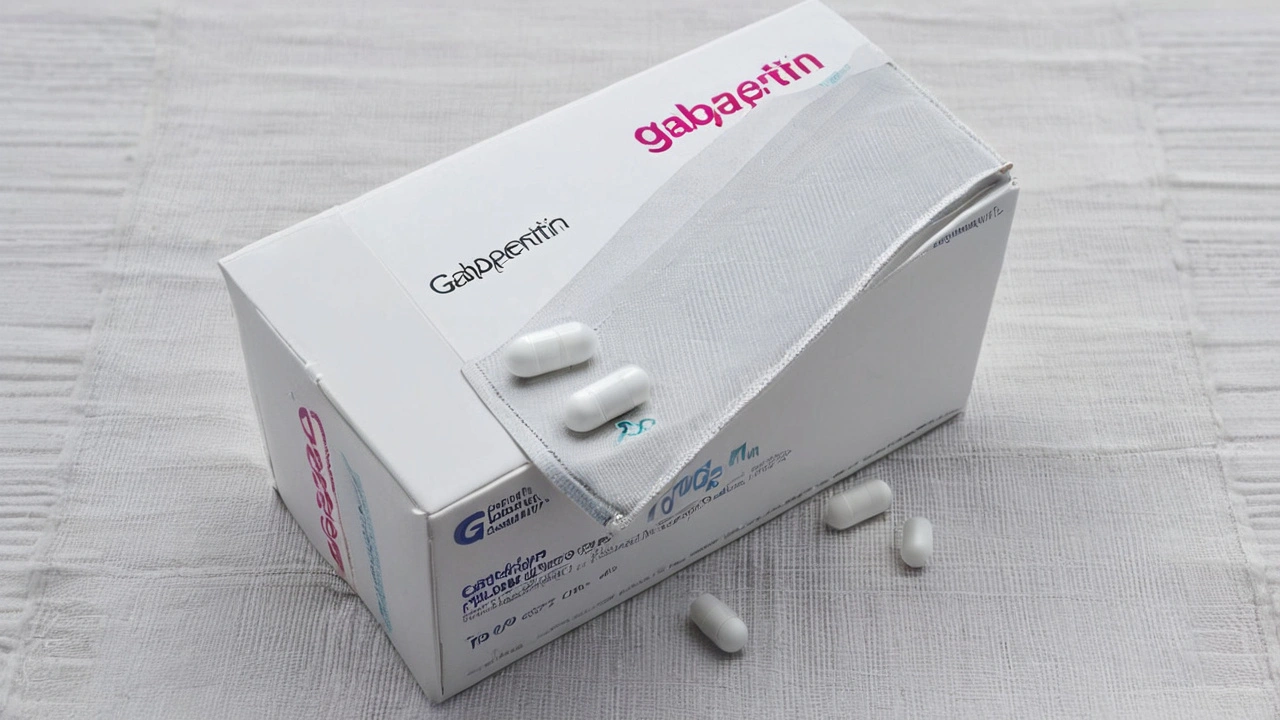Gabapentin: What It Is, How It Works & Safe Use
If you’ve ever been prescribed a pill that looks like a small orange tablet and told it’s called Gabapentin, you might wonder what the fuss is about. In plain terms, Gabapentin is a medication that helps calm down nerves that are firing too much. Doctors usually turn to it for nerve pain, seizures, and sometimes restless‑leg syndrome.
When Is Gabapentin Prescribed?
The most common reasons you’ll hear about Gabapentin are:
- Neuropathic pain: That sharp, burning feeling after shingles or diabetes.
- Seizure control: It’s added to other anti‑seizure drugs when seizures aren’t fully covered.
- Restless legs: Helps reduce the urge to move your legs at night.
Sometimes doctors use it off‑label for anxiety, migraine prevention, or alcohol withdrawal. Off‑label just means the drug works for something not listed on the official label, but many patients report relief.
Key Tips for Taking Gabapentin Safely
Here are the practical things you should keep in mind:
- Follow the schedule. Gabapentin works best when taken at the same times each day. Skipping doses can bring back pain or seizures.
- Start low, go slow. Doctors usually begin with a small dose and increase it gradually to avoid dizziness or drowsiness.
- Avoid alcohol. Mixing Gabapentin with booze can make you unusually sleepy or cause breathing problems.
- Watch for side effects. Common ones are mild – think fatigue, slight swelling in hands/feet, or a fuzzy feeling. If you notice severe rash, trouble breathing, or sudden mood changes, call your doctor right away.
- No sudden stop. Your body gets used to Gabapentin, so quitting cold turkey may trigger seizures or rebound pain. Taper down under medical supervision.
Most people tolerate Gabapentin well, but it’s a good habit to keep a short list of any new symptoms and share them at your next appointment.
When you fill the prescription, check the label for the exact strength (usually 100 mg, 300 mg or 600 mg tablets). If the doctor wrote “take one tablet three times daily,” that’s a typical regimen for nerve pain. For seizures, doses can be higher and split into more frequent doses.
Storing Gabapentin is straightforward: keep it at room temperature, away from moisture and out of reach of kids. If you have leftovers, don’t share them with anyone else – the dose that works for you might be too strong or too weak for another person.
If cost is a concern, ask your pharmacist about generic versions; they’re usually cheaper and work the same way. Some insurance plans also cover Gabapentin as a Tier 2 drug, which means a modest co‑pay.
Bottom line: Gabapentin can be a game changer for nerve pain or seizure control when you use it correctly. Stick to the prescribed schedule, watch for side effects, and never stop abruptly. Have any doubts? Your pharmacist or doctor is just a call away – they’ll help you fine‑tune the dose so you get relief without unwanted surprises.
Ready to learn more about other meds or health topics? Browse our tag archive for articles on everything from ibuprofen to online pharmacy tips. We keep it simple, practical, and up‑to‑date, so you can make confident choices about your health.

Comprehensive Guide to Gabapentin: Uses, Side Effects, and Safety Information
Gabapentin is a versatile anticonvulsant medication used to control seizures and manage nerve pain. While effective, it comes with a variety of potential side effects and risks. This article delves into the uses, side effects, and safety considerations for anyone prescribed this medication.